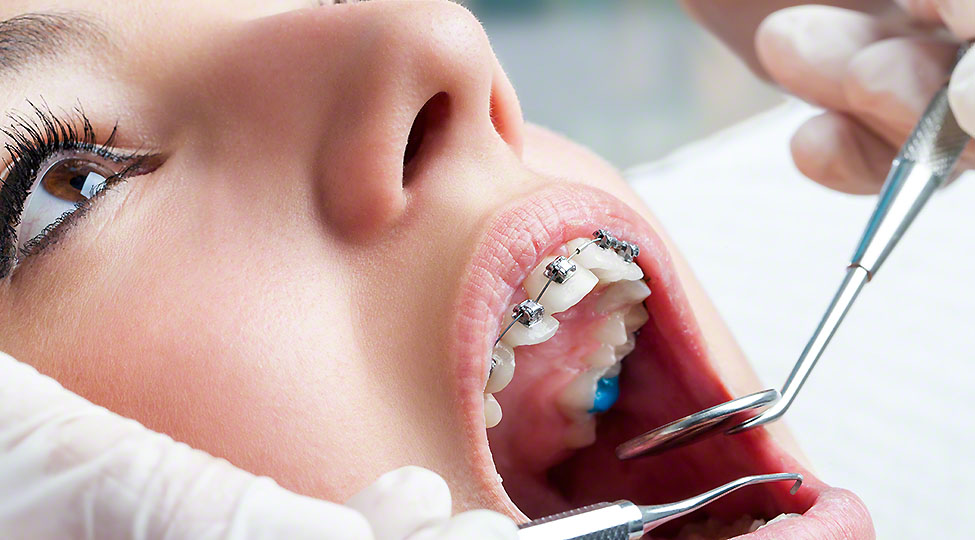Toothaches do not always mean the tooth needs to be extracted. When you suffer from a toothache your dentist will first examine severity and the depth of the problem, and then determine the treatment that is required. In many cases, the tooth can be saved with just a tooth filling. While in other cases, the tooth has to be extracted to ease the pain.
Know about tooth extraction
A damaged or broken tooth can be repaired with dental treatments such as Crowns, Filling, and Medication. Sometimes there are situations where a tooth gets damaged beyond repair. In such situations, dentists left with no option but to remove or extract that tooth. Generally, tooth extraction is not recommended unless there is no other option available.
Toothaches may be prevented rather than needing a tooth extraction. The following are the cases where tooth extraction can be prevented:
- The bite on the tooth
- Gum infection
- Trigeminal neuralgia
- Muscular spasms
While there are cases, where tooth extraction cannot be avoided. The following are the cases where tooth extraction cannot be prevented:
Extra teeth are blocking the growth of others
Some people have extra teeth in their mouths. As a consequence, those teeth do not allow other teeth to grow properly. It can also make teeth look misaligned and deformed. Thus, those extra teeth need to be extracted.
You need dental braces
If your dentist has recommended you to have braces, you might need one or more teeth extracted from your mouth to make more room for teeth getting moved into place. Extraction is not always required to get braces. But, it is not rare to remove teeth when people get braces.
Your wisdom teeth are painful
Wisdom teeth generally appear during your late teens. When they make an appearance, they might result in severe pain or get decayed. If that is the case, wisdom teeth removal is the only option. Many times wisdom teeth get stuck in the jaw and do not come through. As a consequence, they can cause pain and swelling. Thus, extraction of wisdom teeth becomes important to stop that pain and prevent further issues such as sores and cysts and you need to visit the top dentist.
Your teeth got damaged due to accident
Many times teeth get severely damaged due to injuries, such as auto accidents and sports injuries. When teeth get such damaged, it is required to be extracted, especially if they are resulting in intolerable pain.
An extraction is always an option, but it is only one option. Tooth extraction is rarely the only or best treatment option.
What Different Types of Pediatric Crowns Are There?
A dental crown is a cap that is installed over a tooth. It is used to restore the size, shape, strength, and appearance of the tooth. When crowns are cemented, they entirely cover the visible portion of a tooth. Dental crowns are needed in the following situations:
- To restore a broken tooth
- To restore severely worn down tooth
- To protect the weaker tooth
- To hold the parts of a cracked tooth together
- To support and cover a tooth with large fillings
- To hold dental bridges
- To make cosmetic modifications
- To cover dental implants
Types of dental crowns
Today, dentists use 5 major types of pediatric crowns –stainless steel crowns, composite strip crowns, polycarbonate crowns, resin-veneered crowns, and ceramic crowns. Each of these crowns has its own advantages and disadvantages that state their suitability for different purposes. Some of the most important aspects considered by dentists when selecting crowns are aesthetics, adaptability, retentiveness, durability, placement time, and cost.
Stainless Steel Crowns
Stainless steel crowns are one of the oldest crowns used by dentists. They are made from iron, chromium, carbon, and other metals. Stainless steel crowns are primarily used on molar teeth.
Advantages:
- Durable
- Low cost
- Adaptable to occlusion
Disadvantages:
- Potential allergenic
- Poor aesthetics
Composite Crowns
Composite crowns are made from composite and clear plastic. They are primarily used on anterior teeth.
Advantages:
- Moderate cost
- Excellent aesthetics
Disadvantages:
- Low durability
- Technique-sensitive
- Demand adequate hemorrhage and moisture control
Polycarbonate Crowns
Polycarbonate crowns are made from acrylic resins that are cemented using self-adhesive resin. They come in one universal shade. They are primarily used on anterior teeth which you have to make sure to visit your dentist.
Advantages:
- -Low cost
- – Improved aesthetics
Disadvantages:
- – Require adequate moisture and hemorrhage control
- – Technique-sensitive
Resin Veneer Crowns
Resin veneer crowns combine the strength of stainless steel and aesthetics of resins. These crowns are usually more expensive than stainless steel, polycarbonate, and composite strip crowns. They are primarily used on anterior and posterior teeth.
Advantages:
- Insensitive to hemorrhage or moisture
- Good aesthetics
- Durability
Disadvantages:
- Limited trimming or crimping of crown
- Potential allergenicity
- Higher cost
Ceramic Crowns
Ceramic crowns are made from various types of ceramics. They are exceptionally strong but cost higher than stainless steel crowns.
Advantages:
- Excellent aesthetics
- Exceptional durability
Disadvantages:
- Increased operatory time for placement
- Inability to contour
- Higher cost



